Everything you need to know about hair thinning
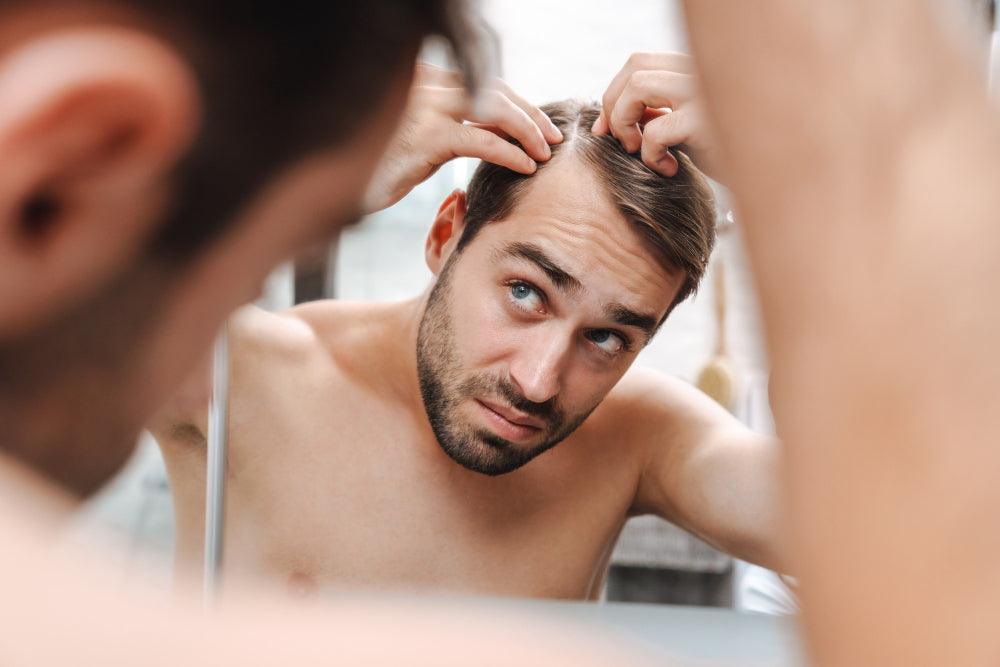

You can experience hair loss due to a variety of reasons.
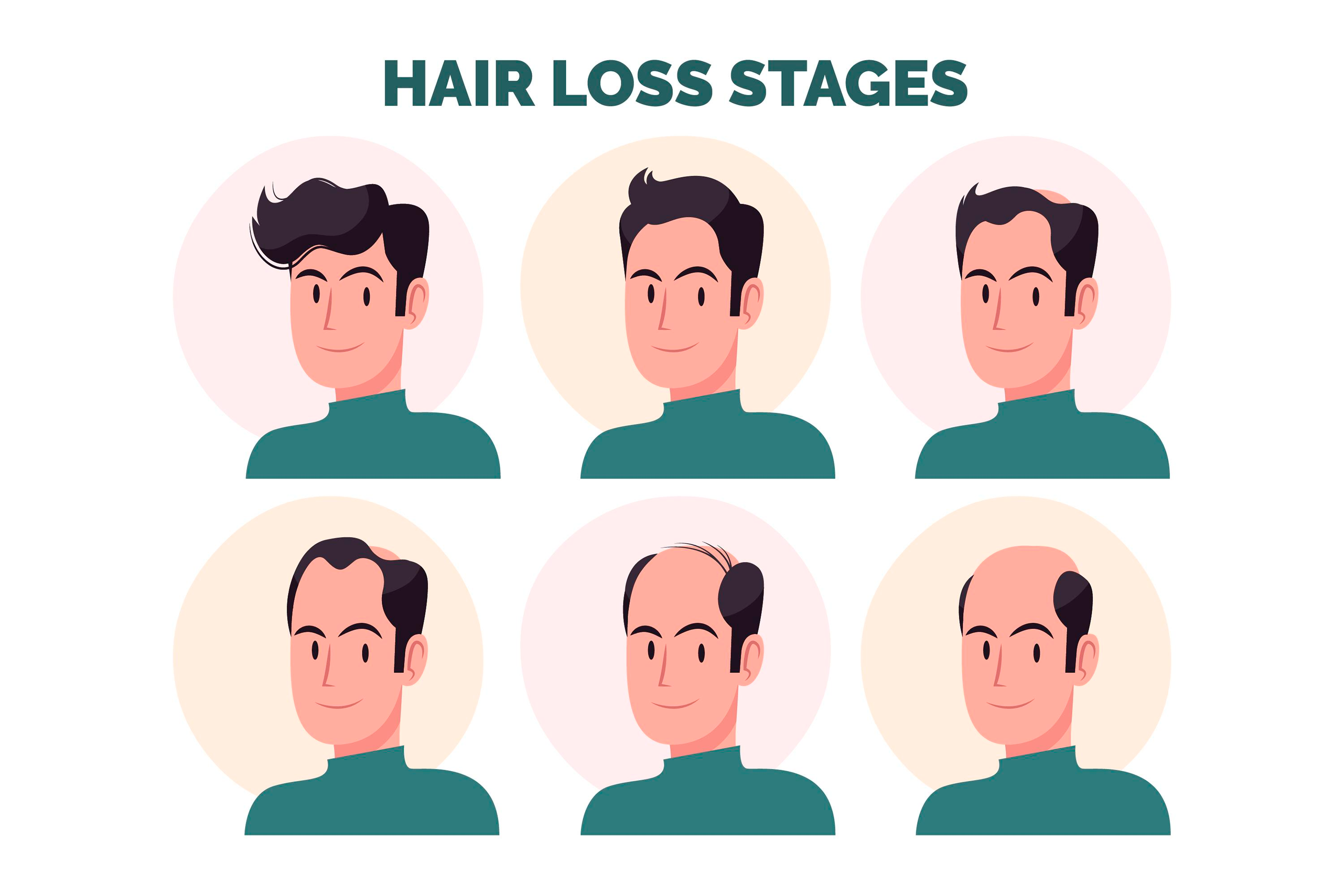
As you get older, the hair density on your scalp decreases. From an average density of 800-1500 hair threads per square inch in the youth, it can fall to 1000-1200 per square inch past 60. Why does it happen? The thinning hair and decreasing hair density could be due to various reasons.
Besides the physiological hair loss, which is often related to heredity (male and female pattern baldness), hair loss could also be caused by nutritional factors, stresses, etc. Besides heredity hair loss, all other hair losses are temporary, and hair growth restarts as the cause is removed. We are going to discuss why hair thinning happens and what you can do to reverse it.
Like any living creature, the hair on your scalp and other body parts also grow and die in a cycle called the 'hair cycle. Your hairs grow from the structures called hair follicles. These are the roots of hairs. The growth cycle of a hair follicle has two prominent phases;
Usually, 6-13% of your hair follicles should be in the resting phase, while most of the remaining (90%) should be in a growing phase. The growing phase is the most lengthy phase of the hair cycle.
A balance of follicles in these phases determines hair density. It is common to lose 50-100 hairs daily from a full scalp because a resting follicle sheds its strand. However, strands regrow back as the follicle enters the growth phase. Rapidly thinning hair strands means more hair follicles are entering the resting phase and fewer are return back to the growing stage.
A lot of factors are responsible for this. These factors are;
For more detailed information about the causes of hair loss, click here to visit our information pages.
You should note its speed whenever you notice a sudden hair fall. The androgenic alopecia and alopecia due to ageing will be slow but progressive. You will find that weaker and thinner hair threads are replacing the previous thick and healthy hair threads on the crown and temples until a bald scalp appears. It is due to the rapid weakness of hair follicles due to ageing and genetics.
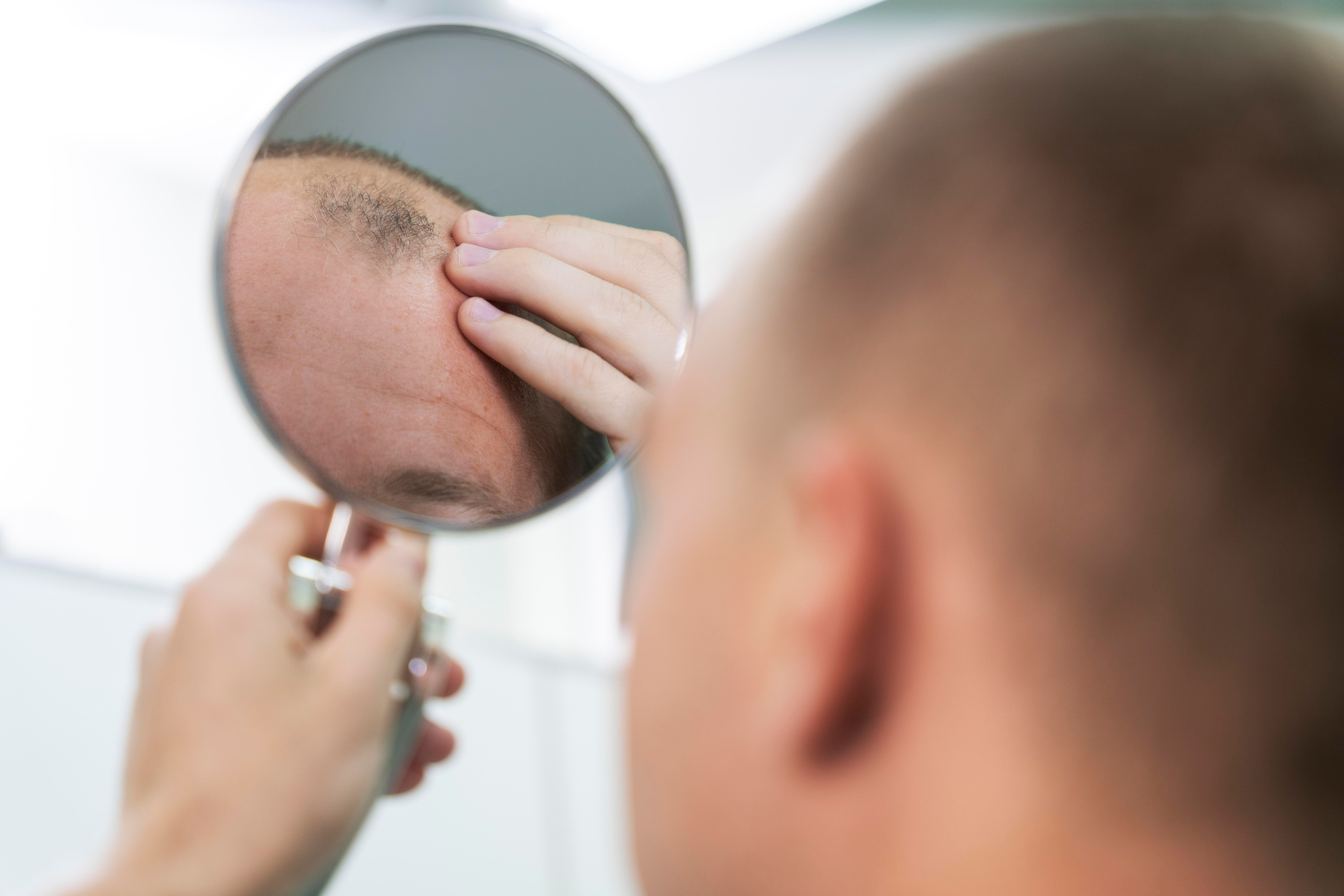
If, however, there is a sudden hair loss and the strands being lost are thicker and more stronger, it could be due to other reversible causes mentioned above. A sudden and unexpected hair loss should not be ignored, and you should rush to the doctor because it could be a sign of serious underlying diseases.
Treatment depends on the cause and type of hair loss. The following treatment options are at your disposal. You can choose any option after consulting a dermatologist.
Finasteride and minoxidil are two approved drugs for male and female pattern hair loss. Minoxidil (Rogaine) is available as a spray (2-5%) concentration and is applied directly on the balding area. Twice daily use for at least six months is required before you begin to notice any change. However, hair fall will start again as you leave the drug. The side effects include irritation on the scalp, contact dermatitis, and abnormal hair growth on other body parts.
Finasteride (Propecia) is available as 1 mg oral pills and is to be taken daily. It could be combined with minoxidil if minoxidil alone is ineffective. Side effects include erectile dysfunction, gynecomastia (development of breast tissue in men), and decreased libido.
Here at Welzo, we provide both of these medications. Click here to use our quick online consultation tool and place your order.
Nutrition directly impacts any body function, and hair loss is no exception. A diet rich in proteins, vitamins (particularly biotin and vitamin D), minerals, Omega 3 fatty acids, and essential fatty acids can improve hair growth.
Essential oils are claimed to be beneficial in hair loss, but scientific evidence in support of this claim is limited. The essential oils beneficial for the scalp are
Before applying, these essential oils should be combined with carrier oils, e.g., coconut oil. A 2010 study published in the Food and Chemical Toxicity found that a regular application of 1-10% concentration of jujuba essential oil increased the length of hair thread by more than 1 mm compared to the control.
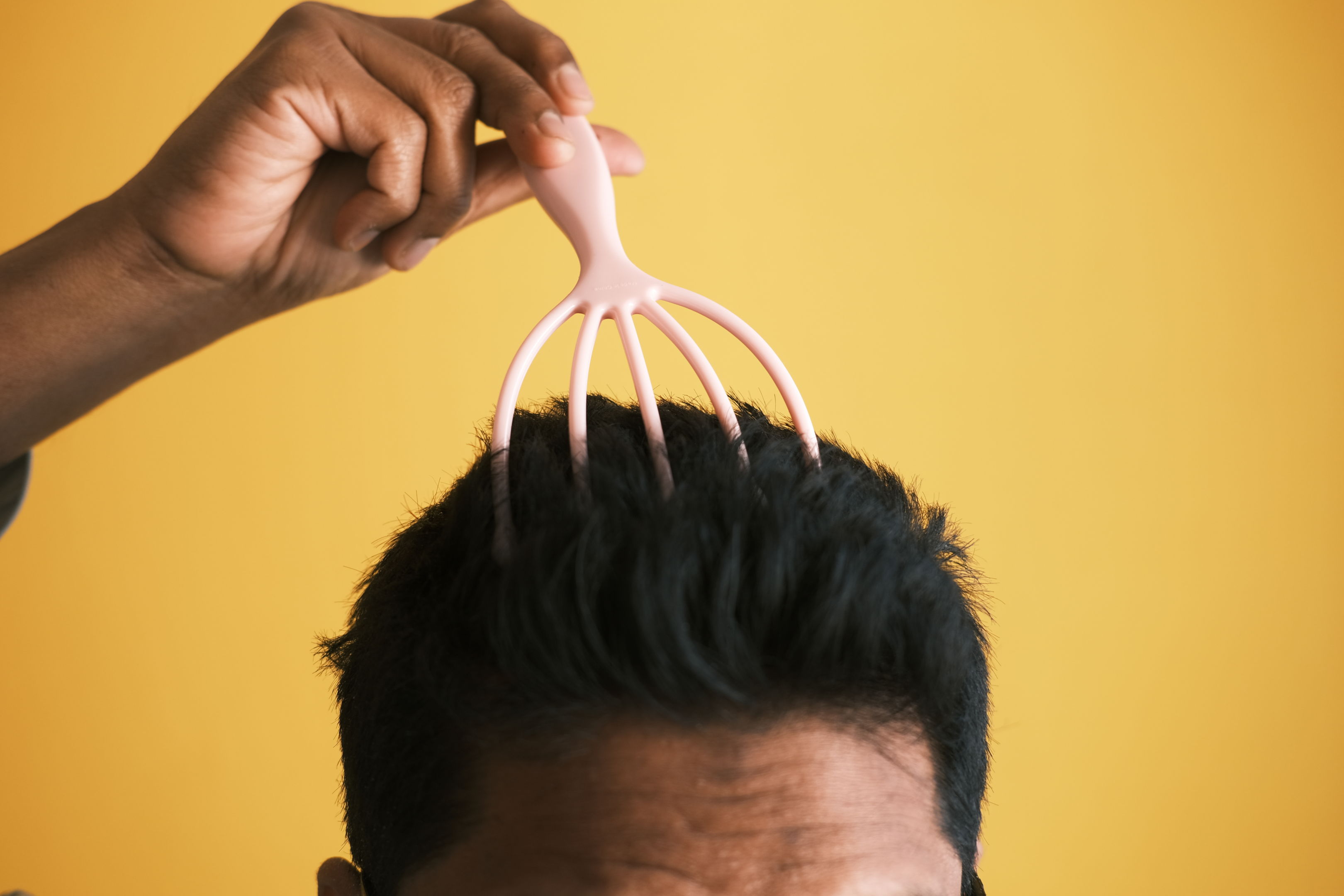
Scalp massages can improve blood circulation and stimulate the hair growth. A mixture of essential and carrier oils should be used.
Lifestyle should be adjusted to minimise stress levels. The following practices can help to reduce stress;
Some home remedies can also promote hair growth. These are;
Both these options are rapidly emerging. The hair transplant is a surgical procedure in which hair follicles are grafted into the scalp and these grafted hair grow like normal hair.
The PRP means platelet-rich plasma. In this technique, the platelet-rich plasma is injected at various points on the scalp, and it helps promote hair growth.
Natural and hereditary hair loss is not a disease. It is experienced by half of the UK population at some stage in their life. So, you should not worry and console yourself by doing whatever you can. However, if hair loss compromises your emotional well-being, you should seek expert intervention.
You should also seek immediate medical attention if;
In such cases, you should consult a dermatologist who will diagnose and treat the underlying cause.
It is a frequent question asked by the people.
The reversibility depends upon the cause and type of hair loss. For example, hair loss due to cancer treatment recovers within 3-6 months, and hair fall due to pregnancy takes 6-9 months to recover. Some medicines (minoxidil and finasteride) can help recover male or female pattern baldness, but the results are mixed, and some people feel no or very little improvement.
One crucial thing about hair fall medications and PRP is that they work only if weak follicles are present. If follicles have entirely vanished (e.g., in old androgenic alopecia), you are less likely to get any benefit.
However, some options are still available, e.g., hair transplant surgery.
The stronger hair threads only on the stronger follicles. Due to various reasons, e.g., genetics, lifestyle, stresses, exposure to chemicals, ageing, autoimmune reactions, inflammation, etc., the hair follicles become weak, and hairs on them are progressively replaced with more vulnerable and worthless strands. You will notice that thick and more substantial hair is gradually replaced with softer and thinner hairs until you become fully bald.
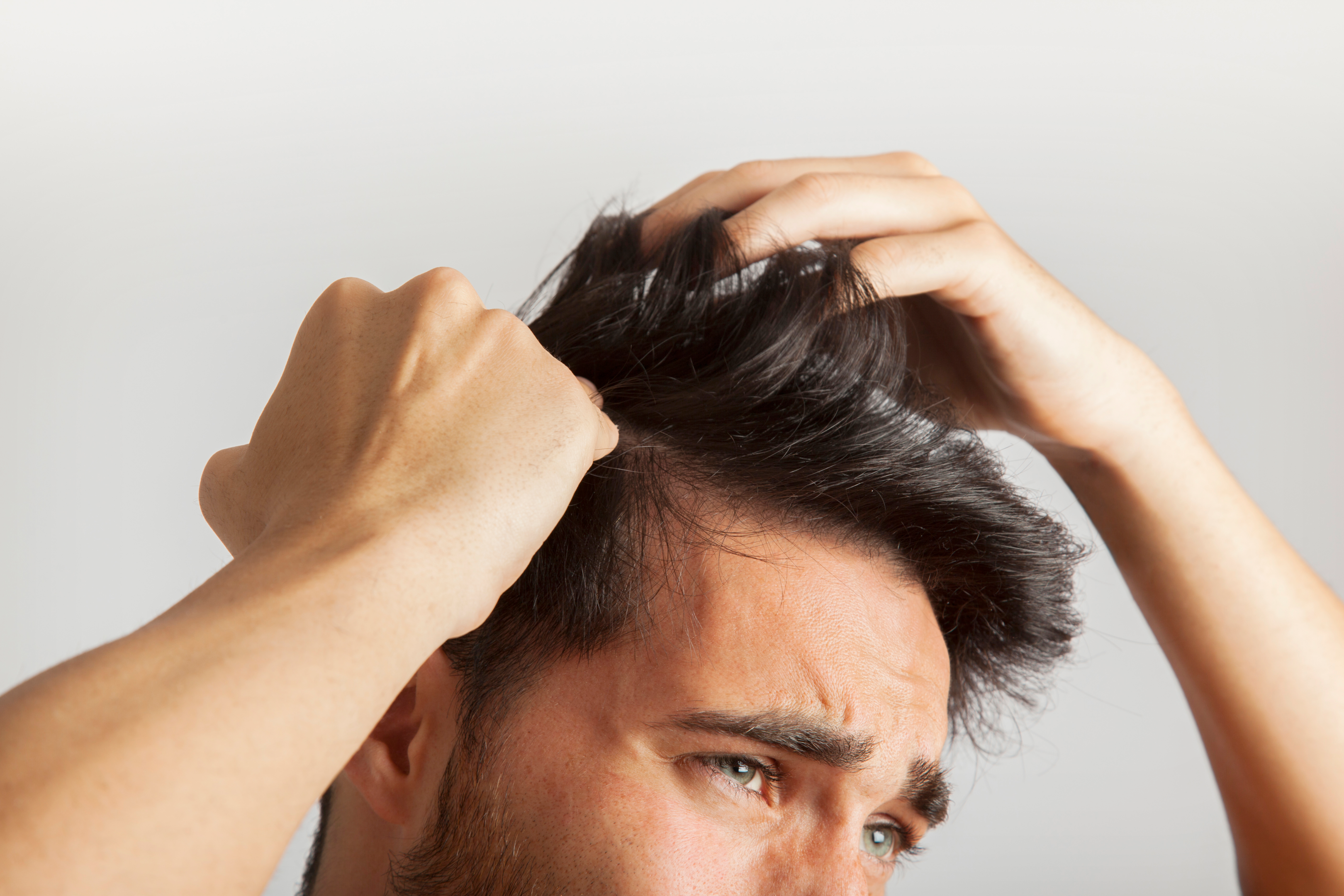
There are a lot of treatment options that can prevent or at least slow down the hair fall process. If you are worried about it, you should immediately go to the dermatologist.
At Welzo, our experts are available to guide you. Click here for online consultation.
Related Services
Related articles
Plus get the inside scoop on our latest content and updates in our monthly newsletter.